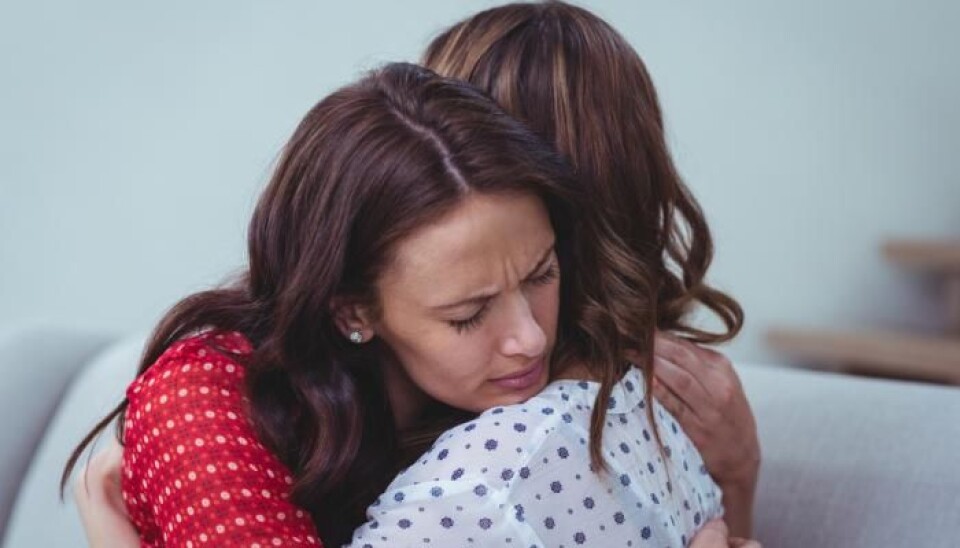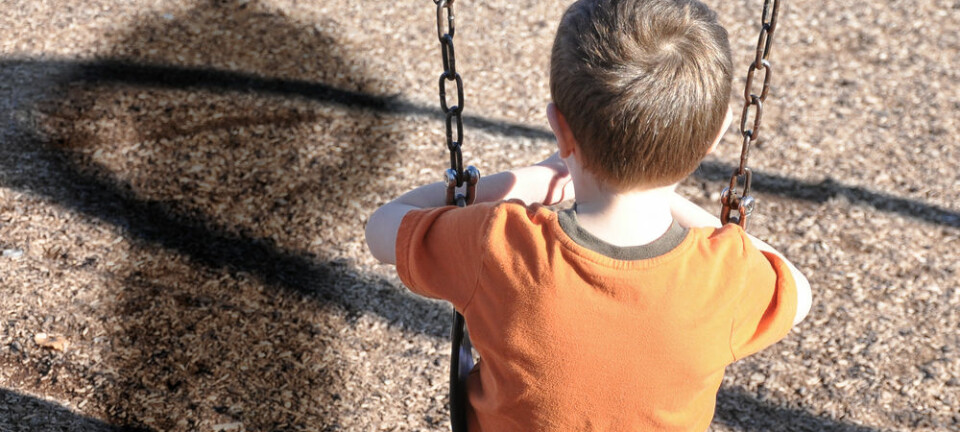
Women better than men at consoling victims of violence
New research shows that our social relationships are crucial in deciding whether people offer a comforting hug to victims of violence.
New research shows that our social relationships are crucial for whether people step in to offer a comforting hug to someone who has just experienced a violent act.
The research is based on analyses of video surveillance footage of armed robberies, and shows that closer relationships make you more likely to give someone a hug or loving contact.
Women are more likely to hug a victim than men, though both men and women receive hugs when they need them, shows the new research.
“The idea that we are too busy to relate to one another is not what we see on the footage. We see that people take responsibility for each other. It may not be surprising, but it confirms something intuitively. In our research we also see that is is not coincidentally who is good at comforting a victim and who is not,” says lead-author Marie Rosenkrantz Lindegaard from the Department of Sociology at the University of Copenhagen, Denmark.
The new results, which are based on analyses of video surveillance, are published in the scientific journal PLOS ONE.
Not a surprising result
Pelle Guldborg Hansen, Director of the Center for Science, Society, and Politics at Roskilde University, Denmark is not surprised by the results, but is nonetheless interested in the new results.
“It’s exciting that they’ve used surveillance camera footage to investigate these things. The results are not surprising but it’s still interesting to document what we thought we knew,” says Hansen, who was not involved in the new study.
The new study shows that co-workers are more likely to provide consolation after the robbery and women are more likely than men to console victims.
“You should remember that men and women perhaps don’t need the same type of comfort. Men will often not want to be in the role of the victim, and many men will therefore not give another man a hug since that puts him in the victim role,” says Hansen.
Surveillance footage provides insights into a closed world
Lindegaard has reviewed hours and hours of surveillance camera footage of the immediate aftermath of non-fatal robberies.
She was interested in understanding why some robberies take place with threat and others with violence and to find out what kind of role bystanders play in terms of escalation and de-escalation of the violence.
“If we can find out what witnesses of violence in a public space should do in violent situations, then we can perhaps use this knowledge for prevention. Currently, all the knowledge that we have about violence, is based on what the parties involved say about the situation in retrospect. We know that these perspectives are basically biased,” says Lindegaard.
The new study is the first presented by Lindegaard and colleagues based on the analysis of the video footage. More studies are on the way, where the scientists study street violence and violence between groups.
------------------------
Read more in the Danish version of this story on Videnskab.dk
Translated by: Catherine Jex









